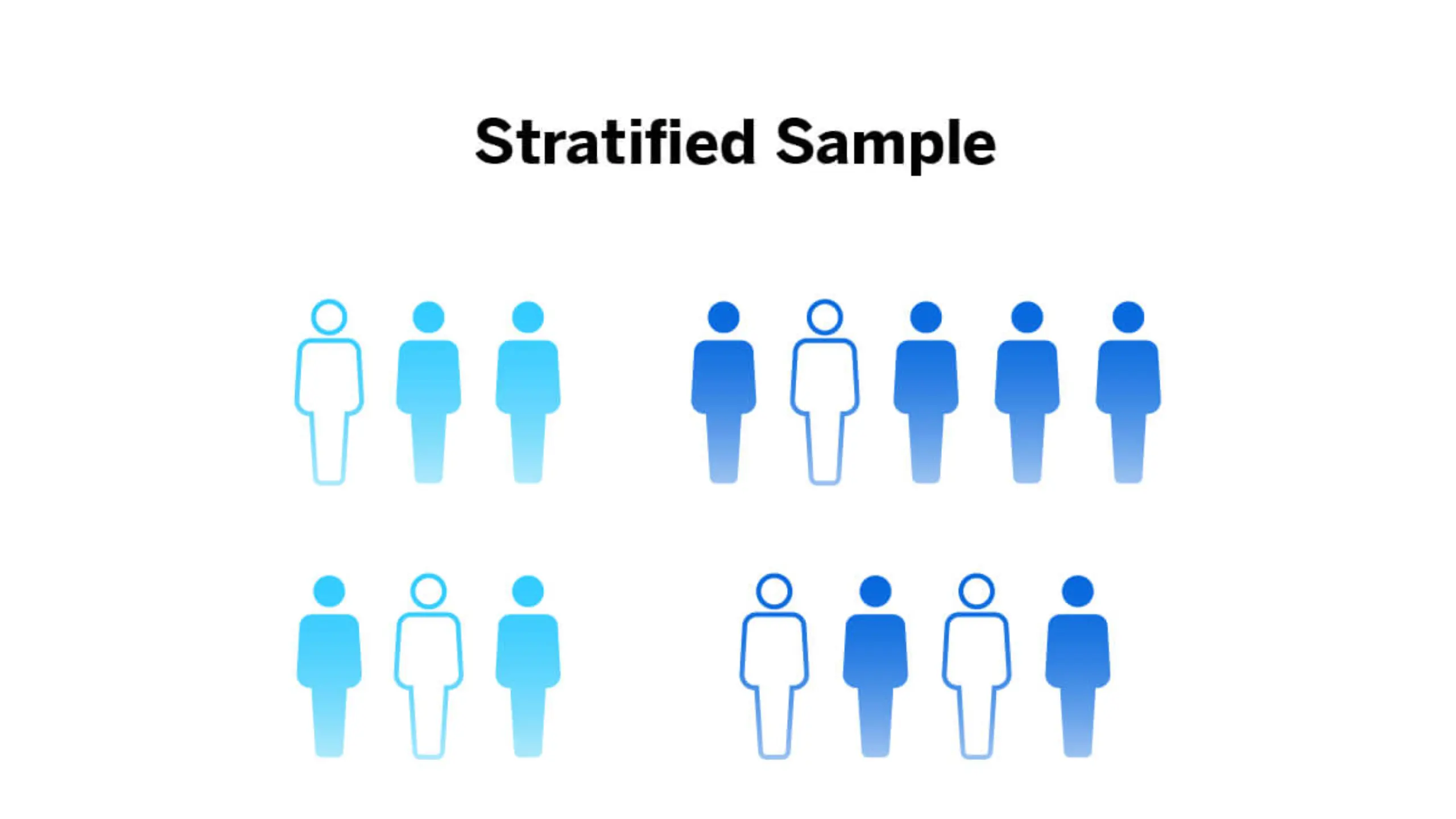Stratified Sampling is a fundamental concept in statistics, as it enables researchers to conclude populations based on a subset of data. Stratified sampling is a particular technique that is widely used in research. Particularly when working with populations that have a high degree of heterogeneity. This article will explore the stratified sampling comprehensive guide, including its definition, applications, advantages, and disadvantages.
What is Stratified Sampling?
Stratified sampling is a sampling technique in which the population is divided into homogeneous. The subgroups or strata are based on a characteristic. That is relevant to the research question. These subgroups are then randomly sampled, in such a way that the proportion of participants is. Each subgroup reflects the proportion of that subgroup in the population as a whole. The purpose of this technique is to ensure that the sample is representative of the population. As a whole particularly when there is a high degree of variability or heterogeneity within the population.
Applications of Stratified Sampling
Stratified sampling is particularly useful in research when the population of interest has a high degree of variability or heterogeneity. When there is a need to ensure that the sample is representative of the population as a whole. It is commonly used in market research, public opinion polls, and medical research, among other fields. Some specific applications of stratified sampling include:
- Public Opinion Polls: Stratified sampling is often used in public opinion polls to ensure that the sample of respondents is. The representative of the population in terms of age, gender, education, and other relevant factors.
- Medical Research: Stratified sampling is used in medical research to ensure that the sample of patients reflects the diversity of the population in terms of age, gender, race, and other relevant factors.
- Market Research: Stratified sampling is used in market research to ensure that the sample of consumers reflects. The diversity of the target market in terms of age, income, education, and other relevant factors.
Advantages of Stratified Sampling
There are several advantages to using stratified sampling in research, including:
- Improved Accuracy: Stratified sampling can improve the accuracy of the sample by ensuring. It is representative of the population in terms of relevant characteristics.
- Efficient use of Resources: Stratified sampling can help researchers to use their resources. They are more efficient by targeting subgroups of the population that are most relevant to the research question.
- Increased Precision: Stratified sampling can increase the precision of estimates by reducing the variance of the sample.
- Ability to Test Hypotheses: Stratified sampling can enable researchers to test hypotheses about the relationship between variables. The sample is representative of the population concerning these variables.
Disadvantages of Stratified Sampling
There are also some disadvantages to using stratified sampling in research, including:
- Complexity: Stratified sampling can be more complex and time-consuming than other sampling techniques, particularly when there are many subgroups.
- Cost: Stratified sampling can be more expensive than other sampling techniques. Particularly when the population is large or when there are many subgroups.
- Potential for Sampling Bias: Stratified sampling can be subject to sampling bias. The subgroups are not defined correctly or if the sample is not representative of the population concerning other factors.
Conclusion
Stratified sampling is a powerful sampling technique that can help researchers to obtain a sample. That is representative of the population as a whole, particularly when there is a high degree of variability or heterogeneity within the population. While it has several advantages, including improved accuracy, efficient use of resources, and increased precision. It also has some disadvantages, including complexity, cost, and the potential for sampling bias. As with any sampling technique, it is important to carefully consider the research question and the characteristics of






